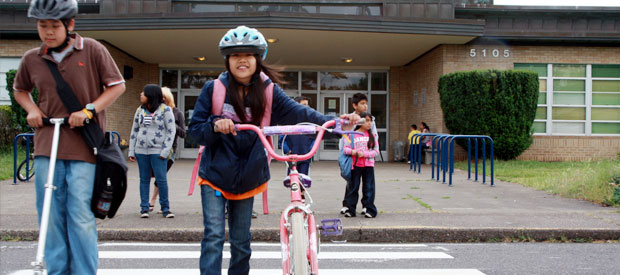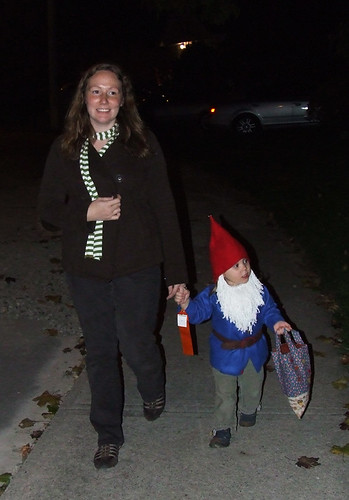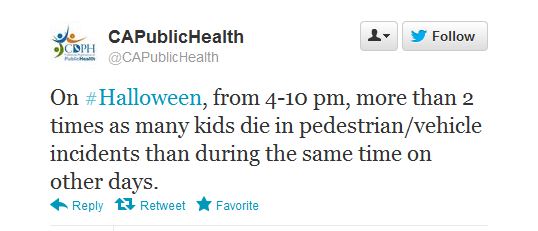Are we robbing the American children of a chance to live a healthy and productive life?
If you are one of the last minute shoppers who is yet to buy a holiday present for your children (or for someone you dearly love), I’d recommend getting them a bicycle. Why? A bike not only helps them stay active and lead a healthy life but also helps them learn to be independent (and not depend on you to get around to and from school) and stay focused in their studies. Besides the provocative title for this post (and the fact that I’m writing this even though I’m a parent, at least yet), there must be some truth to the fact that we might be transporting our children, all caged up in automobiles all the time instead of setting them free on a bicycle (or walking). Well, at least that’s what these children in Netherlands, Belgium, France and Britain are hinting at in this video produced by Sustrans, a UK based non-profit organization that promotes pedestrian, bike and public transportation options.
Watching this video promoted me to do a quick comparison of the academic performance (Mean score in PISA 2012) of children from these countries (I know it is a crude measure but still worthy of pointing out that). Not to be surprised, they all fared well above our good ol’ USA (and before you ask we are far behind the chart-topping Asian giants China, Japan and Korea):
| Country | Mathematics | Reading | Science |
| Netherlands | 523 | 511 | 522 |
| Belgium | 515 | 509 | 505 |
| France | 495 | 505 | 499 |
| Britain | 494 | 499 | 514 |
| USA | 481 | 498 | 497 |
Of course, I didn’t get enough time on hand to compare the health indices of these countries but I have no doubt that we might be in for some shocking results, given the ungodly levels of childhood obesity rates we currently have in the United States. I’ll reserve that angle for exploring on another rainy/snowy day. If every school district in the U.S. spent a tiny fraction of its budget on providing/building bike lanes and bike infrastructure, we may soon see a tremendous change in the way our kids learn/live. It may be the perfect antidote for a nation that has ungodly levels of childhood obesity. Mind you, the US tops every country on Earth when it comes to educational spending (roughly $68.1Billion in 2012, (over 7 % of GDP), which is ~$15,171 on every young person in the system) Here are some alarming data nuggets from the Center for Disease Control:
- Childhood obesity has more than doubled in children and tripled in adolescents in the past 30 years.
- The percentage of children aged 6–11 years in the United States who were obese increased from 7% in 1980 to nearly 18% in 2010. Similarly, the percentage of adolescents aged 12–19 years who were obese increased from 5% to 18% over the same period.
- In 2010, more than one third of children and adolescents were overweight or obese.
- Obese youth are more likely to have risk factors for cardiovascular disease, such as high cholesterol or high blood pressure. In a population-based sample of 5- to 17-year-olds, 70% of obese youth had at least one risk factor for cardiovascular disease.
More here. Encouraging more children to take up cycling requires that we provide good infrastructure support, which is sorely lacking in many towns and cities across America. We have to work, as a community and nudge our decision-makers to spend on these low-cost measures (i.e.,bike lanes) and make our cities bike and pedestrian friendly. At least it is worth exploring, from a scientific perspective, how biking (and walking) helps improve the quality of life for our children (in academic and otherwise).















